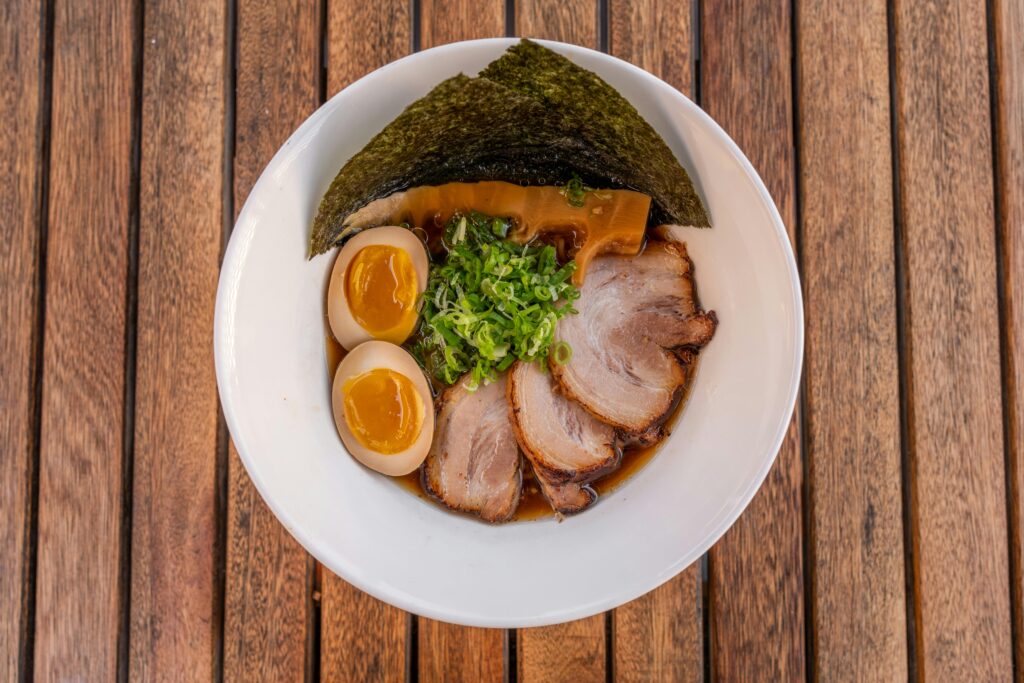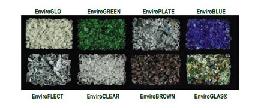Wagyu beef is often heralded as the pinnacle of luxury in the culinary world, prized for its intricate marbling, velvety texture, and profound umami flavor. Unlike conventional beef, Wagyu cattle are raised under meticulous conditions, often subjected to specialized diets and stress-free environments that contribute to their unique fat distribution. This high level of intramuscular fat is what gives Wagyu its signature melt-in-your-mouth quality, distinguishing it from other types of beef.
The grading system for Wagyu is stringent, ensuring that only the best cuts make it to discerning consumers. Countries such as Japan follow a meticulous rating structure, classifying beef based on marbling, meat color, firmness, and overall quality. The highest grades, A5 in Japan or BMS 8-12 in the United States, are exceptionally rare and command premium prices. Understanding these grades is crucial for consumers who wish to invest in top-tier Wagyu and make the most of their culinary experience.
For newcomers to Wagyu, distinguishing between its various types is crucial. This exquisite beef is produced in Japan, Australia, and the United States, with each region imparting its own unique qualities based on genetics and specialized feeding programs. Japanese A5 Wagyu is celebrated for its unparalleled marbling and buttery texture, while Australian and American Wagyu offer a slightly different experience, influenced by local breeding techniques and diet formulations.
Choosing the Right Cut for Your Dish
Selecting the right cut of Wagyu is crucial to maximizing its flavor and tenderness. While some cuts are best suited for high-heat searing, others excel in slow-cooked preparations that allow the marbling to render gradually. Prime cuts such as ribeye, striploin, and filet mignon are the most sought-after for their well-balanced fat distribution and luxurious texture, making them ideal for simple cooking methods that let the meat shine.
For those who prefer a more adventurous approach, secondary cuts like chuck, brisket, and short ribs can offer an equally indulgent experience when prepared correctly. These cuts, often overlooked in favor of premium selections, benefit from low and slow cooking techniques such as braising or sous vide. This method ensures that the collagen breaks down, resulting in a fork-tender consistency infused with rich, beefy essence.
It’s also essential to consider portion sizes when cooking Wagyu. Unlike traditional beef, Wagyu is intensely rich, and smaller servings can be more satisfying. A standard portion for Wagyu steak is typically 3 to 4 ounces per person, as the high-fat content provides a more satiating experience. Pairing it with complementary sides like light salads or steamed vegetables can balance out the decadence, allowing the flavors of the meat to take center stage.
Preparing Wagyu: The Essential Techniques
The key to cooking Wagyu to perfection begins with proper preparation. One of the most critical steps is allowing the beef to come to room temperature before cooking. This simple but essential practice ensures that the meat cooks evenly and prevents an overly cold center when searing. A well-tempered Wagyu cut results in a consistent texture and maximum juiciness throughout the steak.
Seasoning is another aspect where less is more. Due to the intense natural flavor of Wagyu, excessive seasoning can overpower its delicate nuances. A light sprinkle of high-quality sea salt just before cooking is often sufficient to enhance its taste. For those who enjoy additional depth, a touch of freshly ground black pepper or a hint of garlic-infused oil can complement the beef without masking its essence.
Properly heating the cooking surface is imperative to achieving the perfect sear. Cast iron skillets or stainless steel pans are preferred for their ability to retain high temperatures. Cooking Wagyu at medium-high heat for a short duration ensures that the exterior develops a rich crust while preserving the buttery interior. Unlike conventional steaks, Wagyu does not require extended cooking times; a rare to medium-rare finish is often ideal to maintain its signature texture.
Mastering the Searing Process
Searing Wagyu correctly is perhaps the most important step in achieving a restaurant-quality finish. The objective of this technique is to lock in the juices while creating a flavorful outer crust. Achieving the perfect sear requires an understanding of heat control and timing, as Wagyu’s high-fat content can cook much faster than traditional beef.
Begin by preheating the pan until it is nearly smoking. A small amount of oil with a high smoke point, such as grapeseed or avocado oil, can be used to prevent sticking. However, given Wagyu’s inherent richness, rendering its own fat is often enough to provide a natural non-stick surface. Once the steak makes contact with the pan, it should be left undisturbed for about one to two minutes per side, allowing the Maillard reaction to develop a deep golden-brown crust.
Resting the meat after searing is equally important. Cutting into the steak too soon will cause the juices to escape, diminishing its succulence. Allowing Wagyu to rest for at least five minutes ensures that the juices redistribute evenly, resulting in a more flavorful and tender bite. This step is often overlooked, but it is one of the defining factors in elevating the overall eating experience.
Complementing Wagyu with the Right Pairings
Pairing Wagyu with the appropriate accompaniments can enhance its flavor profile without overshadowing its richness. Light, acidic components such as pickled vegetables, citrus-based dressings, or wasabi provide a refreshing contrast to the intense marbling, cutting through the fat and cleansing the palate between bites.
Wine selection plays a crucial role in elevating a Wagyu meal. Bold reds with structured tannins, such as Cabernet Sauvignon, Syrah, or a well-aged Bordeaux, can complement the meat’s richness by providing balance and depth. For those who prefer white wine, a full-bodied Chardonnay with slight oakiness can also work well, offering a buttery counterpart to the beef’s luxurious texture.
Minimalistic side dishes that focus on texture rather than competing flavors tend to pair best. Simple preparations like steamed asparagus, sautéed mushrooms, or a light potato purée allow Wagyu to remain the star of the plate. The goal is to enhance rather than overshadow, ensuring that each bite retains its intended depth and complexity.
Storing and Handling Wagyu Properly
Proper storage and handling of Wagyu beef are vital in maintaining its premium quality. If consumed within a few days, it should be kept in the coldest section of the refrigerator, ideally vacuum-sealed to prevent oxidation. For longer storage, freezing is an option, but special care must be taken to avoid damaging the intricate marbling.
When freezing Wagyu, vacuum-sealing is highly recommended, as it prevents freezer burn and maintains optimal texture. If a vacuum sealer is not available, tightly wrapping the beef in plastic wrap followed by aluminum foil can provide sufficient protection. It is best to thaw Wagyu slowly in the refrigerator for at least 24 hours rather than using quick-thaw methods, which can compromise the meat’s structural integrity.
Handling Wagyu with clean utensils and minimal contact helps preserve its delicate texture. Excessive handling or aggressive cutting can cause unnecessary fat loss, diminishing the signature melt-in-your-mouth experience. Treating Wagyu with the respect it deserves ensures that its unparalleled quality is maintained from storage to plate.




